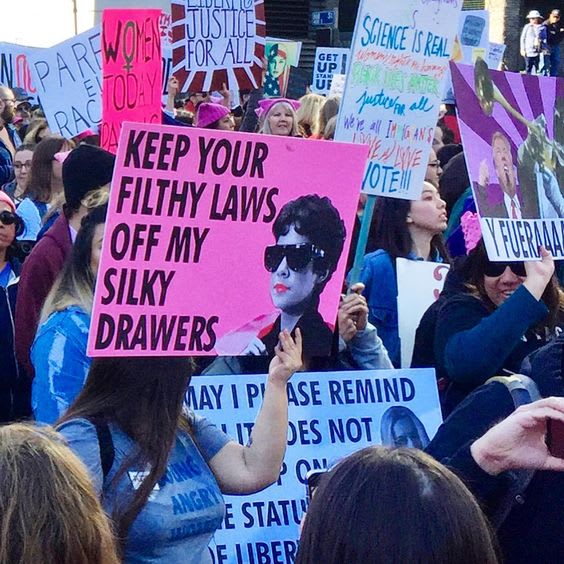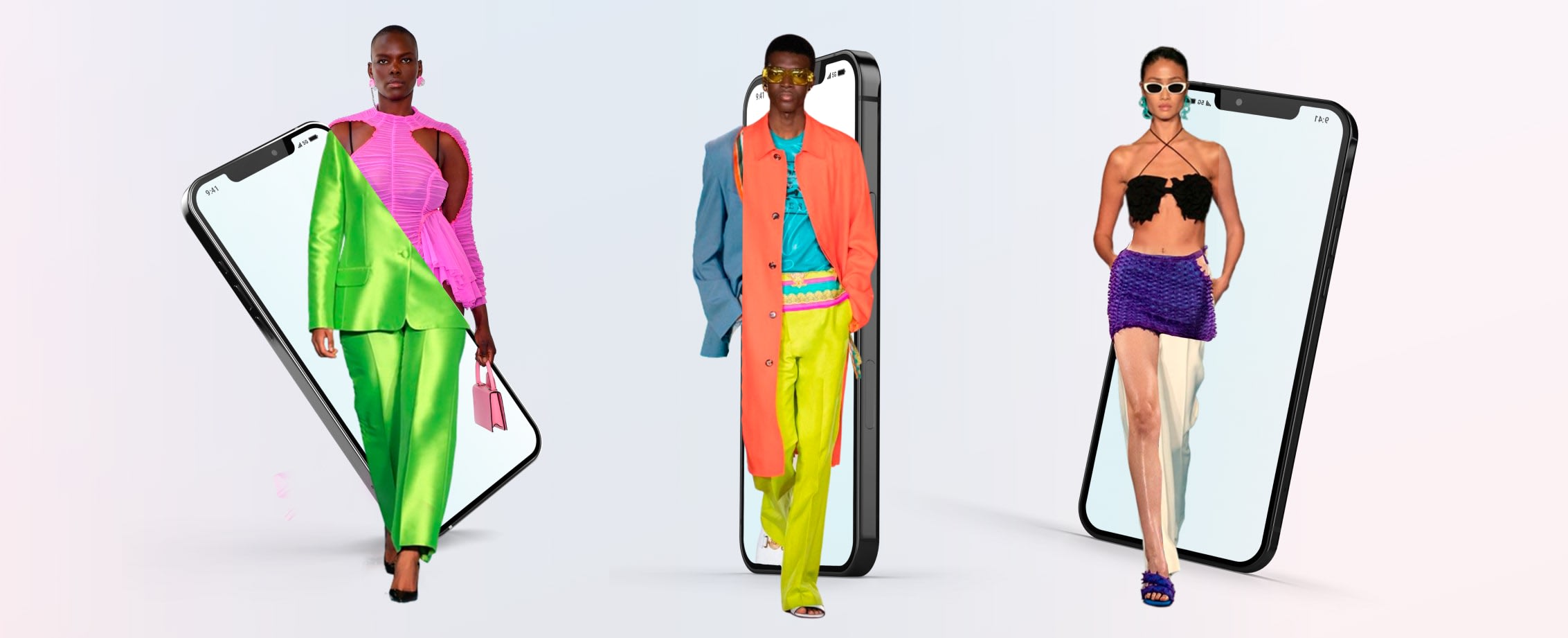Insights
A Diverse Call for Change
Charlotte Dawson
13/07/18

In a series of posts we consider buzzwords ‘inclusivity’ and ‘diversity’ and how they are affecting todays consumer
Today, with the unveiling of Kim Kardashian endorsed-Flat Tummy Co campaign in New York’s Times Square, we mark another example of a brand who have failed to consider the consumer appetite for change and not for hunger suppressing lollipops.
The pretty pink sugar sweet campaign aims to encourage women to eat less and gain a perfect figure by reaching for the brand’s specialised tea, milkshakes and aforementioned lollipops instead of food in moments of hunger.
This campaign, as an example of many, shows that consumers are hungry for change and are not afraid to call out brand appropriation…
And with current buzzwords like ‘diversity’ and ‘inclusivity’ increasingly becoming a critical part of the social lexicon we consider how the changing attitudes will affect the retail our future and what diversity really means to the consumer.
The current buzzword, ‘diversity’ is one that has also been championed greatly by the advertising world. Many recent campaigns appear to have jumped on the bandwagon of a variety of causes appropriating the current trend for activism.
Social causes and having an active voice have become the zeitgeist and there has been a rush for brands to show that they align themselves with one or more social causes.
Social media has been a distinct catalyst here, the idea of sharing feels almost as powerful as activism, creating a loud call for change.
This, in turn creates an urgency amongst businesses to prove ‘brand purpose’. An air of caution, however as consumers can see straight though any cultural appropriation. Just take Pepsi and their Kendall Jenner Campaign Lush’s decision to smear the name of the Police force, or Dove’s body-shaped bottles backfire as examples.
Currently it could be argued that too much of the advertising and marketing we consume is designed to talk to the people who produce it. It is not until the ratio of diversity within the industry is addressed that the output will be deemed credible and effective.
Cindy Gallop, founder of MakeLoveNotPorn champions the power of a world that has tapped into the power of diversity. ‘Don’t create campaigns or stunts about diversity. Don’t make compelling content about diversity. Be diverse.’
Channel 4 are a good example of a brand who have addressed diversity in a very authentic way. Their promise to amend their brand, business and output to be more inclusive and diverse is one that has been welcomed by critics and consumers alike.
To really resonate like this, brands, agencies and marketeers should go beyond the norm and work to represent the whole of society with individualised and personalised experiences. Advertising should feel genuinely considered and within the realms of the brand.
At the end of the day, brands are still trying to sell us a product or service and first and foremost they should deliver a differentiated and distinctive experience to its customers, but a genuine consideration of the real life, diverse audience that will be buying into your brand will go a long way.
Click here to read on about gender fluidity, disability and why inclusivity has become an important consideration for brands.


